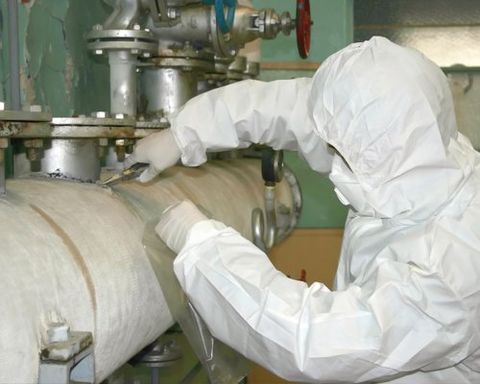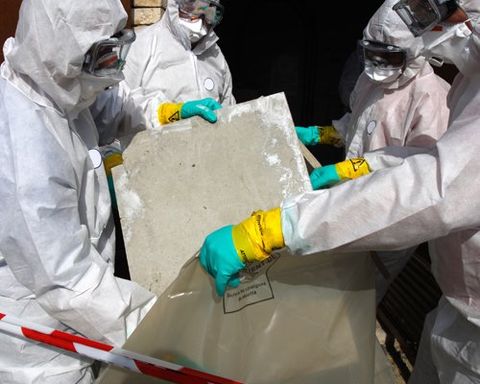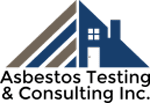
Contact for Asbestos Testing in ColoradoSprings, CO

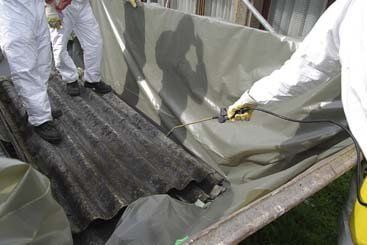
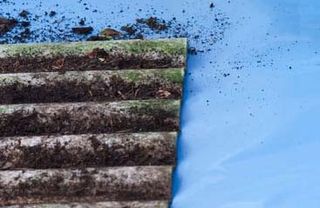
Our goal at Asbestos Testing & Consulting Inc. is to provide our customers with a professional experience by providing easy and thorough surveys to meet any needs necessary . After coming to your home or business and taking a minimally invasive sample, we send it to a state certified lab. We can usually provide next day results for our clients. In addition to Colorado Springs, we also serve Denver, Pueblo, and Woodland Park. We understand your schedule is busy, so we can normally accommodate same day service when requested. Please call us at
719-460-4604 to schedule a consultation.
Our detailed services include:
- On-site inspection of suspect materials that may be disturbed for your project
- Risk Assessments
- Bulk Material Sampling
- On-site education about potential hazards
- Consulting and Advice
General Information on AsbestosSprings, CO
What is Asbestos?
Asbestos is the name given to a number of naturally occurring minerals that have been mined for their useful properties such as thermal insulation, chemical and thermal stability, and high tensile strength. The types of asbestos that are regulated are: Chrysotile, Amosite, Crocidolite, Anthophyllite, Tremolite, and Actinolite. Asbestos deposits can be found throughout the world and are still mined in South America, Australia, Canada, South Africa, and the former Soviet Union.
Why is Asbestos a hazard?
Asbestos is made up of microscopic bundles of fibers that may become airborne when disturbed. If these fibers get into the air, they can be inhaled into the lungs where they may cause significant health problems. Researchers still have not determined a "safe level" of exposure but we do know that the higher the concentration of fibers and the longer the exposure, the greater the risk of contracting an asbestos-related disease. Some of these health problems include:
- Asbestosis
- a lung disease that causes scarring of the lungs. Eventually, this scarring may become so severe that the lungs cannot function. The latency period (meaning the time between the exposure and the onset of disease) is often 25-40 years.
- Mesothelioma
- a cancer of the lining of the lung and chest and/or the lining of the abdominal wall. Asbestos exposure is one of the few causes of this cancer. The latency period for mesothelioma is often 15-50 years.
- Lung Cancer
– Lung cancer can be caused by exposure to asbestos. A person has a much greater chance (50 to 84 times greater) of developing lung cancer if they are exposed to asbestos and they smoke. Cancer of the gastrointestinal tract can also be caused by asbestos exposure. The latency period for these cancers is often 15-30 years.
Despite the common misconception, exposure to asbestos fibers does not cause headaches, upper respiratory irritation or other immediate symptoms. As mentioned above, the effects often go unnoticed for 15-50 years.
When is Asbestos a hazard?
Asbestos-containing materials (ACM) in good condition should not pose a hazard to building occupants. If these materials can be maintained in good condition, it is recommended that they be left alone and periodic surveillance performed to monitor their condition. It is only when ACM is disturbed or the materials become damaged that it becomes a hazard. When the materials become damaged, the fibers separate and may then become airborne. In the asbestos industry, the term ‘friable’ is used to describe an ACM that can be reduced to powder by hand pressure. ‘Non-friable’ means an ACM that is too hard to be reduced to powder by hand pressure. Mechanical grinding, sanding and dry-buffing are some ways of causing non-friable materials to become friable.
Where Can Asbestos Be Found?
Asbestos was, and still is, used in building materials for a variety of reasons. Asbestos fibers are incredibly strong and have properties that make them resistant to heat, chemical damage and insulate against electricity as well as adding durability to a product. Asbestos was added to thermal and acoustic insulation, fireproofing, roofing products and flooring. Some of the more common products that may contain asbestos include:
Acoustical Plaster
Decorative Plaster
Joint Compounds
Adhesives and Mastics
Ductwork Flexible Fabric Connections
Laboratory Gloves
Asphalt Floor Tile
Electric Wiring Insulation
Laboratory Hoods/Table Tops
Base Flashing
Electrical Cloth
Packing Materials (for wall/floor penetrations)
Blown-in Insulation
Electrical Panel Partitions
Pipe Insulation (corrugated air-cell, block, etc.)
Boiler Insulation
Elevator Brake Shoes
Roofing Felt
Breaching Insulation
Elevator Equipment Panels
Roofing Shingles
Carpet Backings
Fire Blankets
Spackling Compounds
Caulking/Putties
Fire Curtains
Spray-Applied Insulation
Ceiling Tiles and Lay-in Panels
Fire Doors
Taping Compounds (thermal)
Cement Pipes
Fireproofing Materials
Textured Paints/Coatings
Cement Siding
Flooring Backing
Thermal Paper Products
Cement Wallboard
Heating and Electrical Ducts
Vinyl Floor Tile
Chalkboards
High Temperature Gaskets
Vinyl Sheet Flooring
Construction Mastics (floor tile, carpet, ceiling tile, etc.)
High Temperature Paper Products
Vinyl Wall Coverings
Cooling Towers
HVAC Duct Insulation
Wallboard
| Acoustical Plaster | Decorative Plaster | Joint Compounds |
| Adhesives and Mastics | Ductwork Flexible Fabric Connections | Laboratory Gloves |
| Asphalt Floor Tile | Electric Wiring Insulation | Laboratory Hoods/Table Tops |
| Base Flashing | Electrical Cloth | Packing Materials (for wall/floor penetrations) |
| Blown-in Insulation | Electrical Panel Partitions | Pipe Insulation (corrugated air-cell, block, etc.) |
| Boiler Insulation | Elevator Brake Shoes | Roofing Felt |
| Breaching Insulation | Elevator Equipment Panels | Roofing Shingles |
| Carpet Backings | Fire Blankets | Spackling Compounds |
| Caulking/Putties | Fire Curtains | Spray-Applied Insulation |
| Ceiling Tiles and Lay-in Panels | Fire Doors | Taping Compounds (thermal) |
| Cement Pipes | Fireproofing Materials | Textured Paints/Coatings |
| Cement Siding | Flooring Backing | Thermal Paper Products |
| Cement Wallboard | Heating and Electrical Ducts | Vinyl Floor Tile |
| Chalkboards | High Temperature Gaskets | Vinyl Sheet Flooring |
| Construction Mastics (floor tile, carpet, ceiling tile, etc.) | High Temperature Paper Products | Vinyl Wall Coverings |
| Cooling Towers | HVAC Duct Insulation | Wallboard |
Wasn’t Asbestos Banned?
There are common misunderstandings about an Environmental Protection Agency (EPA) ban on ACM products or uses from 1989. Many sources incorrectly report that all asbestos-containing products have been banned. In 1991, the U.S. Fifth Circuit Court of Appeals vacated much of the so-called "Asbestos Ban and Phaseout" rule and remanded it to the EPA. Thus, much of the original 1989 EPA ban on the U.S. manufacturing, importation, processing, or distribution in commerce of many asbestos-containing product categories was set aside and did not take effect. Six asbestos-containing product categories are still subject to the 1989 asbestos ban. However, EPA has no existing bans on other asbestos-containing products or uses. Products manufactured in other countries may also contain asbestos and can be imported into the United States.
EPA does NOT track the manufacture, processing, or distribution in commerce of asbestos-containing products. It would be prudent for a consumer or other buyer to inquire as to the presence of asbestos in particular products. Possible sources of that information would include inquiring of the dealer/supplier or manufacturer, refer to the product's "Safety Data Sheet" (SDS), or consider having the material tested by an accredited laboratory before installing it in your building.
For More Information, please contact:
Asbestos Compliance Assistance Group
Phone: (303) 692-3100
Fax: (303) 782-0278
Toll Free: 1-800-886-7689
Web page: www.colorado.gov/cdphe/asbestos
Email address: cdphe.asbestos@state.co.us
